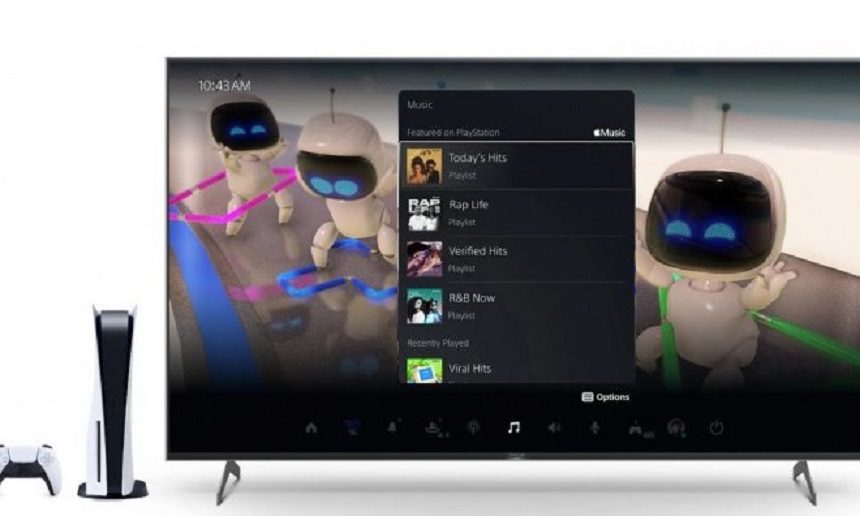development and test of hydrogen fuel cell planes
You may also be interested in: Baldurs Gate Enhanced Edition PC Version Review Full Game Free Download 2019
the development of eco-friendly Hydrogen Planes that do not use internal combustion engines is heating up. it coincided with the demand to reduce emissions to the aviation industry, which emits about 900 million tons of carbon dioxide annually. the carbon-free emission aircraft currently under development are primarily electric propulsion methods using batteries. there are also companies that want to use hydrogen as fuel.
In May, Massachusetts-based Alaka’i Technologies unveiled a five-seater multi-rotor air taxi design powered by hydrogen fuel cells. The aircraft, named “Skai,” has a range of up to 640 kilometers and can take off and land vertically in the runway-free city center.

THE BIGGEST HIT POINT OF HYDROGEN FUEL CELL TRANSPORTATION IS HOW TO STORE BULKY HYDROGEN. SKYE TRIES TO SOLVE THE PROBLEM BY USING LIQUID HYDROGEN AS FUEL. ALAKAI WILL PRODUCE A PROTOTYPE AND WILL GO ON A TEST FLIGHT NEXT YEAR WITH FAA CERTIFICATION.
when alakai announced plans to air taxi hydrogen fuel cells, another unknown company challenged it.
On January 14, Silicon Valley aviation startup ZeroAvia announced that it was developing a hydrogen fuel cell powertrain and was piloting it. It has already successfully flown near and landed, but the battery is still used as a power source. In earnest, test flights using hydrogen fuel cells will be carried out within a few weeks.
zeroavia said its goal is to have a 20-seater prop that uses hydrogen stored in high-pressure tanks as fuel for short-haul commercial routes by 2022. to this end, it is being developed to produce a range of up to 800 km.
in practical use, geroavia is advantageous.
geroavia is a relatively recently established startup. considering that alakai had been hanging on to skye’s development for four years, he was able to go on a test flight in a short period of time. the gas used for the test flight replaced only the engine unit of the six-seater piper matrix.
alakai is developing an entirely new aircraft. these projects require a huge budget and require multiple processes to validate performance, which can take a long development period. zero avia, on the other hand, has chosen to retrofit existing, proven props, so it only needs to be devoted to the development of drivetrains.
“We currently have a tester capable of carrying six people and two tons of cargo at the same time,” Geroavia founder Val Miftakhov told science and technology media IEEE Spectrum. Next year, we will submit a design for FAA certification to retrofit and test-fly a 20-seat aircraft.”
low-density hydrogen storage is key
researchers have been experimenting with how hydrogen can be used as an aircraft power source for decades. hydrogen contains three times more energy than kerosene by mass and has potentially greater potential for weight savings and reduced co2 emissions than battery electric propulsion methods. however, the density of hydrogen is very low, which means that a large fuel tank is required for long-haul flights.
alakai and geroavia are taking a different approach to overcoming the density problem of hydrogen. alachai plans to store hydrogen cooled in a dense liquid state below -253 °c in a double-walled tank at a pressure of 7 pressures. using cryogenic liquid hydrogen, which used as rocket fuel, as an urban air taxi fuel requires both safety proof and expansion of charging facilities.
GEROAVIA, ON THE OTHER HAND, PLANS TO COMPRESS AND STORE GAS HYDROGEN AT ABOUT 340 PRESSURIZATIONS. IT IS EXPECTED THAT FAA CERTIFICATION CAN BE EASILY PASSED BECAUSE IT IS THE SAME WAY AS CURRENTLY COMMERCIALIZED HYDROGEN FUEL CELL VEHICLES. HOWEVER, IT IS STILL BULKY AND IS AERODYNAMICALLY UNFAVORABLE BECAUSE THE FUEL CYLINDER MUST BE ATTACHED TO THE OUTSIDE OF THE PLANE.
like electric vehicles, electric planes are expected to have shorter navigation distances for the foreseeable future, which will be a barrier to commercialization. hydrogen fuel cells are a good alternative in the field of aircraft, where long-haul flights increase economics.
“Our research shows that 50% of the world’s air routes are less than 800 kilometres away,” mistakov said. the 800km range is sufficiently commercialized,” he said, noting that the fuel and maintenance costs of hydrogen fuel cell aircraft are only half that of conventional internal combustion engines.
If you are facing any issue in downloading or need assistance Click here .





